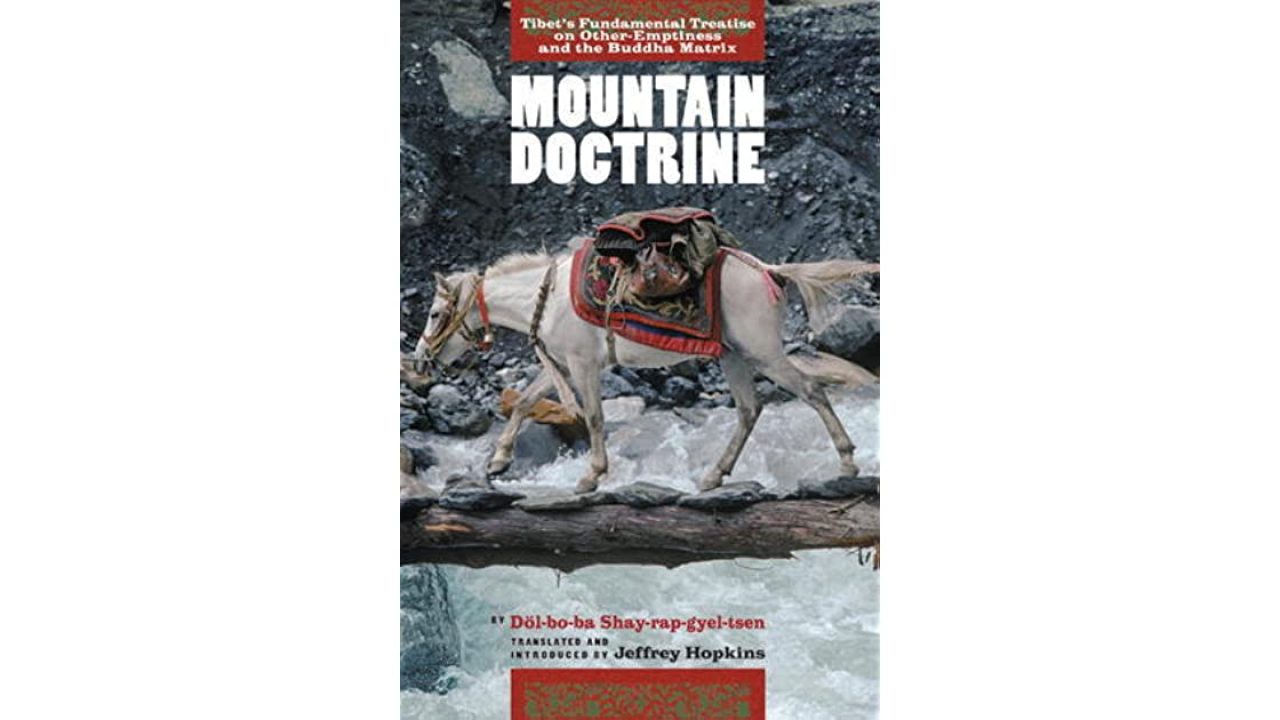Part Two
On the basis of both pratyāhara [withdrawal] and dbyāna (concentration), he beheld immeasurable figures of the Buddhas and pure lands. On the basis of prānāyāma (stopping-vitality] and dhāranã [retention], exceptional experience and realisation was born due to the blazing of blissful warmth. During this retreat Döl-bo-ba realized the view of “other-emptiness” but did not speak about it for several years.
In 1326 he was installed as the head of the Jo-nang Monastery and in 1327 began work on a gigantic monument-the Glorious Stūpa of the Constellations-which was completed in 1333, restored by Tāranātha in 1621, and refurbished in 1990. Either during or after the building of the Stüpa, for the first time he taught that conventional phenomena are self-empty, in the sense that they lack any self-nature, whereas the ultimate is other-empty, in the sense that it is empty of the conventional but has its
own self-nature. This latter realization Döl-bo-ba himself stated to be previously unknown in Tibet and spoke of it this way:
To bow in homage to the gurus, buddhas and kalkīs by whose kindness the essential points which are difficult for even the exalted ones to realise are precisely realised, and to their great Stüpa.
During this period Döl-bo-ba wrote and taught a great deal, while also working on the stüpa. His monumental Mountain Doctrine, Ocean of De-Jinitive Meaning: Final Unique Quintessential Instructions “was completed well before the final consecration of the Stūpa on October 30, 1333.
His view of “other-emptiness” is based on profound understanding of three Indian expositions of tantras, the “three cycles of bodhisattva commentaries”
